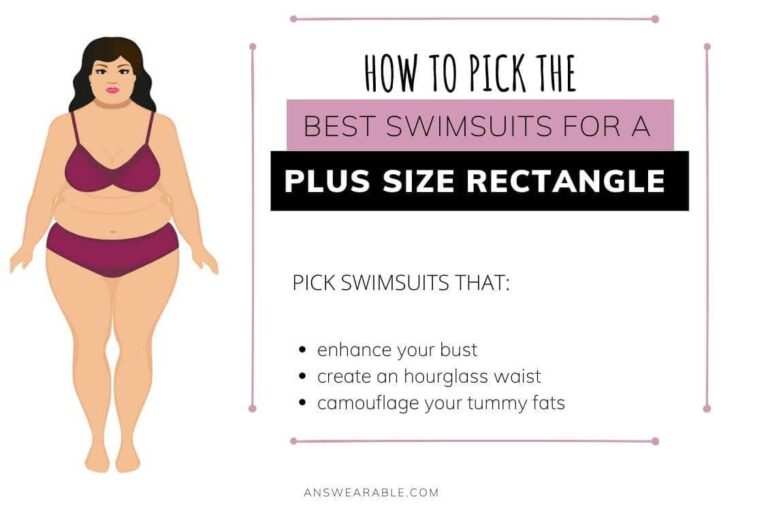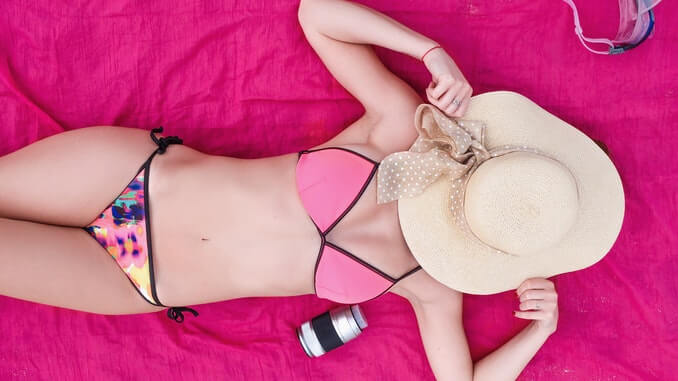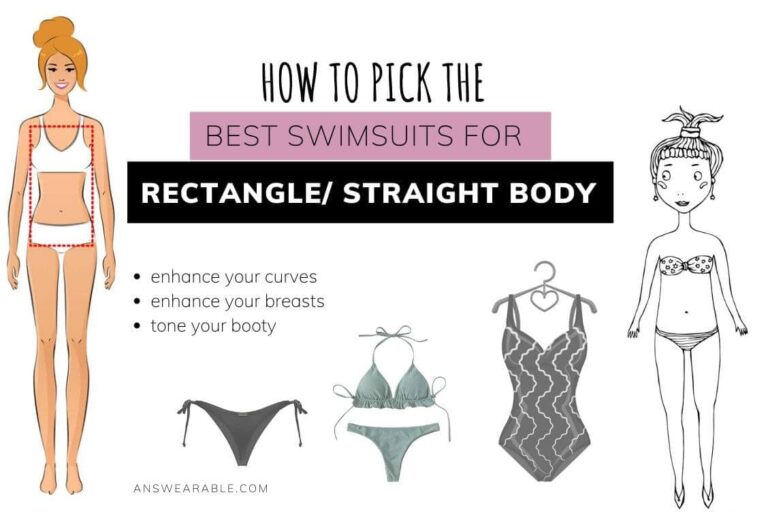As an affiliate, Answearable earns from qualifying purchases at NO cost to you. Learn More.

Yes, chlorine will eventually ruin a bathing suit. Constant exposure to this corrosive chemical loosens elastics, fades colors, and deteriorates the overall fabric strength. Understand though, that the speed of which this occurs largely depends on the fabric you choose for swimwear, as well as the way you care for it. Here are different swimsuit fabrics, their properties, and what you should choose.
Lycra/ spandex
Lycra, or in its generic term—spandex or elastane—can be stretched several times but still recover to its original shape as if it’s new again. Its flexibility also allows easy movement making it a great ingredient for swimwear and workout apparel. Lastly, it’s even stronger than its organic rival which is the rubber.
Unfortunately, when it comes to chlorine water, 100% lycra isn’t a smart choice, especially if you swim in the pool on a daily basis. If worn daily, expect a lycra swimsuit to only last within 4-5 weeks.
Polyester
Polyester, however, is a different story. Of all fibers, synthetic or natural, it possesses the strongest resistance against chlorine and most chemicals. In fact, it lasts 3 times longer than Lycra. It’s also the most colorfast so it retains the original color even after several months of exposure with chlorinated water.
Lastly, it’s ideal for competition swimmers due to its lightness. It absorbs less water than spandex and nylon, thanks to its hydrophobic property.
Polyester may well be one of the most durable fabric ever invented by science. Unfortunately, it lacks the flexibility and comfort that spandex has. 100% polyester is certainly impractical as it doesn’t facilitate easy movement the way spandex and nylon does.
Nylon
Nylon, on the other hand, contains both the characteristics of spandex as being stretchable and polyester as being light and hydrophobic.
The problem? Unlike spandex when stretched too much, it may not completely recover its shape. And unlike polyester, a nylon-concentrated swimsuit won’t be strong enough to survive the daily assault of chlorinated water. It also isn’t ideal for outdoor activities since the color fades much faster when exposed in the sun.
So what swimsuit fabric should you choose?
The good news is, swimsuit brands have mastered the art of blending fabrics. Through blending, they can achieve just the right property in a swimsuit depending on its purpose.
So if you’re a frequent pool swimmer and durability is your top priority, choose a swimsuit with a higher percent of PBT or polyester in it. It could be blended with a little bit of nylon and/or spandex for comfort and stretchability, but always make sure that polyester takes the bigger part. At least around 60- 70% of the overall fabric.
Click here to see the list of our recommended chlorine-resistant swimsuits.
How to get chlorine off of your bathing suit
- The moment you finish swimming, immediately wash your swimsuit with cold freshwater. Cold freshwater not only removes most of the chlorine. It also makes it easier for your swimsuit to retract back to its original shape and size. Unlike warm water which only loosens the suit’s elastics.
- Handwash if possible. Machine washing, even when set to a gentle cycle, or even if it’s allowed by care instruction, could still be too harsh for your swimsuit, especially if it has a lot of nylon in it. This may not be convenient for you but it’s definitely cheaper than buying a new swimsuit every month. It only takes a few minutes, too.
- Invest in a dechlorinating solution. If your hair needs a conditioner, so does your swimsuit. A dechlorinating solution is designed to rid your swimsuit of all chlorine and salt residue that cold freshwater alone can’t.
- After rinsing your swimsuit, soak it in a sink full of water, squirt a small amount of the solution, and wait for 5 minutes. Note: You don’t need to use detergent unless the swimsuit is muddy or dirty. If you just went out from a regular pool session, the dechlorinating solution alone can clean your swimsuit like a detergent without further taxing the fabric.
- I recommend this Suit Saver solution (#ad) as this has the best reviews on Amazon. One bottle equals 50 washes.
- Or if you don’t wanna spend a dime for a dechlorinating solution, go with cold water and white vinegar. Fill a sink with cold water, add a 3/4 cup of white vinegar, then soak your swimsuit for 30 minutes.
- No dryer or spinner. Any swimsuit’s contact to machine, and I guarantee it’ll speed up the wear and tear. When it comes to your swimsuits, the good old, gentle air drying is your best option.
- When drying, lay it flat instead of placing it a hanger. This preserves the shape of your swimsuit better.
- Allow at least 24-48 hours between wears. This will help your suit “rest” and recover, thus allowing it to retain its shape better.
Other effects of chlorine
Aside from deteriorating the swimsuit’s elasticity, color, and shape, chlorine also does the following:
- If not washed properly after swimming, chlorine will turn a swimsuit yellowish over time as it eats away the white fibers surrounding the inner yellow core of synthetic fibers.
- It could create accumulate a bad, strong smell on your swimsuit if not removed properly.
- It can cause dry skin and hair. Chlorine is by its very nature a corrosive chemical. Luckily, there are products that protect your hair and skin in the pool. (I’ll write a more in-depth topic about that next week.)
- It creates a greenish tint on the hair of blond and light-haired swimmers. Due to the chlorine’s interaction with copper pipes and other metals, it causes small amounts of those metals to enter the water and tint the hair.
It’s important to note that all these effects are only noticeable for regular swimmers who frequent the pool a couple of times a week.
Why is chlorine so important in swimming pools, anyway?
While chlorine ruins bathing suits, we certainly can’t eliminate it from swimming pools. It’s responsible for oxidizing and disinfecting the water. Without chlorine, the pool becomes a breeding ground of diseases and bacteria.
Just imagine: when you’re swimming in a pool, your body absorbs some of those water via your skin and into your system. Heck, you’ll even drink some accidentally. You certainly don’t want that water to be riddled with bacteria. Good thing, you have chlorine to thank for it.
In summary
Invest in high-quality chlorine-resistant swimsuits, keep them away from washing machines and dryers, follow the care instructions above and your pocket will thank you.






